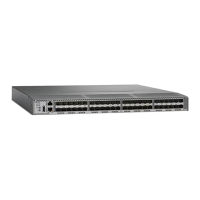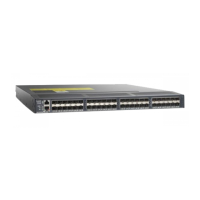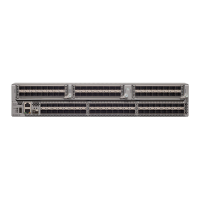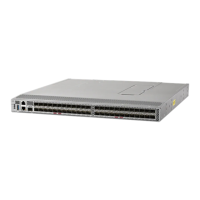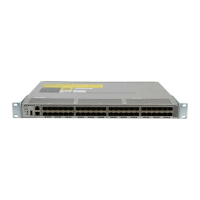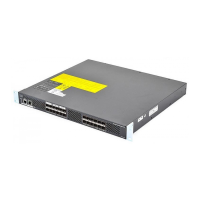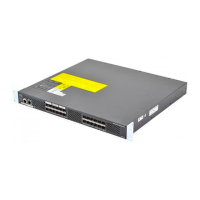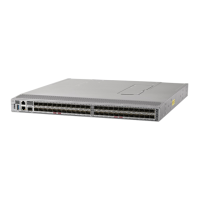Step 1 Expand a VSAN and then select Default Zone in the Fabric Manager Logical Domains pane.
Step 2 Click the Policies tab in the Information pane.
You see the zone policies information in the Information pane (see Figure 23: Default Zone Policies, on page 68).
Figure 23: Default Zone Policies
The active zone set is shown in italic type. After you make changes to the active zone set and before you activate the
changes, the zone set is shown in boldface italic type.
Step 3 In the Default Zone Behaviour field, choose either permit or deny from the drop-down menu.
About FC Alias Creation
You can assign an alias name and configure an alias member using the following values:
• pWWN—The WWN of the N or NL port is in hex format (for example, 10:00:00:23:45:67:89:ab).
• fWWN—The WWN of the fabric port name is in hex format (for example, 10:00:00:23:45:67:89:ab).
• FC ID—The N port ID is in 0xhhhhhh format (for example, 0xce00d1).
• Domain ID—The domain ID is an integer from 1 to 239. A mandatory port number of a non-Cisco switch
is required to complete this membership configuration.
• IPv4 address—The IPv4 address of an attached device is in 32 bits in dotted decimal format along with
an optional subnet mask. If a mask is specified, any device within the subnet becomes a member of the
specified zone.
• IPv6 address—The IPv6 address of an attached device is in 128 bits in colon- (:) separated) hexadecimal
format.
• Interface—Interface-based zoning is similar to port-based zoning because the switch interface is used to
configure the zone. You can specify a switch interface as a zone member for both local and remote
switches. To specify a remote switch, enter the remote switch WWN (sWWN) or the domain ID in the
particular VSAN.
The Cisco NX-OS software supports a maximum of 2048 aliases per VSAN.
Tip
Cisco MDS 9000 Series Fabric Configuration Guide, Release 8.x
68
Configuring and Managing Zones
About FC Alias Creation
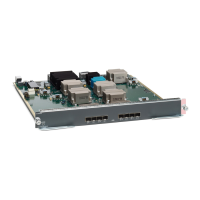
